-
 Bitcoin
Bitcoin $115100
1.27% -
 Ethereum
Ethereum $3675
2.71% -
 XRP
XRP $2.995
1.45% -
 Tether USDt
Tether USDt $1.000
0.02% -
 BNB
BNB $769.8
2.64% -
 Solana
Solana $168.0
3.25% -
 USDC
USDC $0.9999
-0.01% -
 TRON
TRON $0.3371
1.48% -
 Dogecoin
Dogecoin $0.2051
3.36% -
 Cardano
Cardano $0.7394
2.30% -
 Hyperliquid
Hyperliquid $38.15
0.42% -
 Stellar
Stellar $0.3966
-0.36% -
 Sui
Sui $3.486
2.93% -
 Chainlink
Chainlink $16.72
2.52% -
 Bitcoin Cash
Bitcoin Cash $568.0
4.36% -
 Hedera
Hedera $0.2440
2.59% -
 Ethena USDe
Ethena USDe $1.001
0.04% -
 Avalanche
Avalanche $22.16
2.06% -
 Litecoin
Litecoin $119.1
-0.73% -
 UNUS SED LEO
UNUS SED LEO $8.991
0.04% -
 Toncoin
Toncoin $3.232
-0.39% -
 Shiba Inu
Shiba Inu $0.00001233
2.82% -
 Uniswap
Uniswap $9.717
2.53% -
 Polkadot
Polkadot $3.664
1.85% -
 Dai
Dai $1.000
0.01% -
 Monero
Monero $281.2
-3.89% -
 Bitget Token
Bitget Token $4.350
1.55% -
 Cronos
Cronos $0.1428
5.07% -
 Pepe
Pepe $0.00001050
3.68% -
 Aave
Aave $262.3
3.54%
How to connect MetaMask to a hardware wallet? What hardware devices are supported?
Enhance crypto security by connecting MetaMask to hardware wallets like Ledger, Trezor, or KeepKey, allowing offline private key storage and secure transaction signing.
May 04, 2025 at 07:35 am
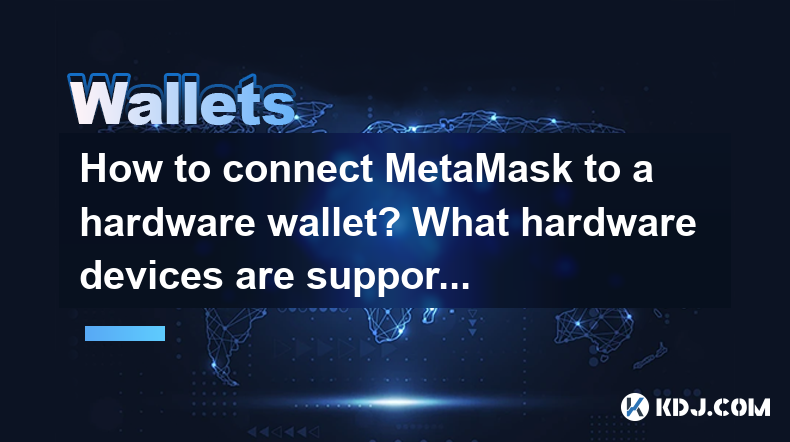
Connecting MetaMask to a hardware wallet is an excellent way to enhance the security of your cryptocurrency transactions. This process allows you to manage your digital assets using the robust security features of a hardware wallet while still enjoying the user-friendly interface of MetaMask. In this article, we will guide you through the steps to connect MetaMask to a hardware wallet and discuss the supported hardware devices.
Understanding the Benefits of Using a Hardware Wallet with MetaMask
Before diving into the setup process, it's important to understand why you might want to connect MetaMask to a hardware wallet. Hardware wallets offer an additional layer of security by storing your private keys offline, away from potential online threats. This means that even if your computer is compromised, your cryptocurrencies remain safe. By connecting your hardware wallet to MetaMask, you can sign transactions securely without exposing your private keys to the internet.
Supported Hardware Wallets for MetaMask
MetaMask supports several popular hardware wallets, ensuring you have options to choose from based on your preferences and budget. The supported hardware wallets include:
- Ledger Nano S and Ledger Nano X: These devices from Ledger are widely recognized for their robust security features and ease of use.
- Trezor One and Trezor Model T: Trezor's hardware wallets are known for their open-source nature and strong security protocols.
- KeepKey: This is another reputable hardware wallet that integrates well with MetaMask.
Setting Up Your Hardware Wallet
Before connecting your hardware wallet to MetaMask, you need to set it up. Here's how to do it for the most common devices:
Ledger Nano S and Ledger Nano X:
- Connect your Ledger device to your computer using the provided USB cable.
- Follow the on-screen instructions to set up your device. This typically involves setting a PIN and creating a recovery phrase.
- Install the Ethereum app on your Ledger device through Ledger Live.
Trezor One and Trezor Model T:
- Connect your Trezor device to your computer using the provided USB cable.
- Follow the on-screen instructions to set up your device, including setting a PIN and generating a recovery seed.
- Install the Ethereum app on your Trezor device using the Trezor Suite.
KeepKey:
- Connect your KeepKey to your computer using the provided USB cable.
- Follow the on-screen instructions to set up your device, including setting a PIN and generating a recovery seed.
- Install the Ethereum app on your KeepKey using the KeepKey client.
Connecting MetaMask to Your Hardware Wallet
Once your hardware wallet is set up, you can proceed to connect it to MetaMask. Here’s a step-by-step guide:
- Open MetaMask: Launch the MetaMask extension in your browser.
- Access Settings: Click on the three dots in the top right corner of the MetaMask interface and select "Settings."
- Navigate to Connections: In the settings menu, click on "Connections."
- Add Hardware Wallet: Click on "Add Hardware Wallet."
- Select Your Device: Choose your hardware wallet from the list (Ledger, Trezor, or KeepKey).
- Connect Your Device: Follow the prompts to connect your hardware wallet. This may involve opening the Ethereum app on your device and confirming the connection.
- Authorize the Connection: On your hardware wallet, you will be prompted to authorize the connection with MetaMask. Follow the on-screen instructions to complete this step.
- Select an Account: Once connected, MetaMask will display the accounts available on your hardware wallet. Select the account you want to use.
Using Your Hardware Wallet with MetaMask
After successfully connecting your hardware wallet to MetaMask, you can now use it to manage your cryptocurrencies securely. Here are some key points to remember:
- Transaction Signing: When you initiate a transaction in MetaMask, it will be sent to your hardware wallet for signing. You will need to confirm the transaction on your hardware wallet before it is broadcast to the blockchain.
- Multiple Accounts: You can manage multiple accounts on your hardware wallet through MetaMask. Simply switch between accounts within the MetaMask interface.
- Security: Always ensure your hardware wallet is securely stored and your recovery phrase is kept in a safe place. Never share your recovery phrase with anyone.
Troubleshooting Common Issues
While connecting MetaMask to a hardware wallet is generally straightforward, you may encounter some issues. Here are some common problems and their solutions:
- Device Not Recognized: Ensure your hardware wallet is properly connected to your computer and that you have the latest firmware installed. Restarting your computer and hardware wallet can also help.
- Connection Errors: If you encounter connection errors, try disconnecting and reconnecting your hardware wallet. Also, ensure that the Ethereum app is open on your hardware wallet.
- Transaction Failures: If a transaction fails to sign, ensure that your hardware wallet is unlocked and that you have confirmed the transaction on the device.
Frequently Asked Questions
Q: Can I use my hardware wallet with multiple MetaMask accounts?
A: Yes, you can use your hardware wallet with multiple MetaMask accounts. Simply add the hardware wallet to MetaMask and then switch between accounts within the MetaMask interface.
Q: Is it necessary to keep my hardware wallet connected to my computer at all times?
A: No, you only need to connect your hardware wallet to your computer when you want to sign transactions or interact with your accounts. You can safely disconnect it when not in use.
Q: Can I use my hardware wallet with MetaMask on mobile devices?
A: Currently, MetaMask's mobile app does not support direct integration with hardware wallets. You will need to use the desktop version of MetaMask to connect with your hardware wallet.
Q: What should I do if I lose my hardware wallet?
A: If you lose your hardware wallet, you can recover your accounts using the recovery phrase you created during the setup process. However, it's crucial to keep your recovery phrase secure and never share it with anyone.
Disclaimer:info@kdj.com
The information provided is not trading advice. kdj.com does not assume any responsibility for any investments made based on the information provided in this article. Cryptocurrencies are highly volatile and it is highly recommended that you invest with caution after thorough research!
If you believe that the content used on this website infringes your copyright, please contact us immediately (info@kdj.com) and we will delete it promptly.
- BlockDAG, Litecoin, and Cardano: Charting the Course in Crypto's Dynamic Waters
- 2025-08-07 09:09:06
- Fireverse Token: Igniting a Musical Revolution in Web3
- 2025-08-07 08:27:45
- Ethereum, L2 Withdrawals, and Decentralization: A New Yorker's Take
- 2025-08-07 08:32:33
- Avalanche vs. Ruvi AI: Daily Sales Tell a Story of Crypto Disruption
- 2025-08-07 06:29:35
- DeSoc: The Crypto to Buy Now for a Decentralized Future (and Maybe 43x Gains!)
- 2025-08-07 06:50:16
- Arctic Pablo Coin: Riding the Meme Coin Wave with a Deflationary Twist
- 2025-08-07 07:18:13
Related knowledge
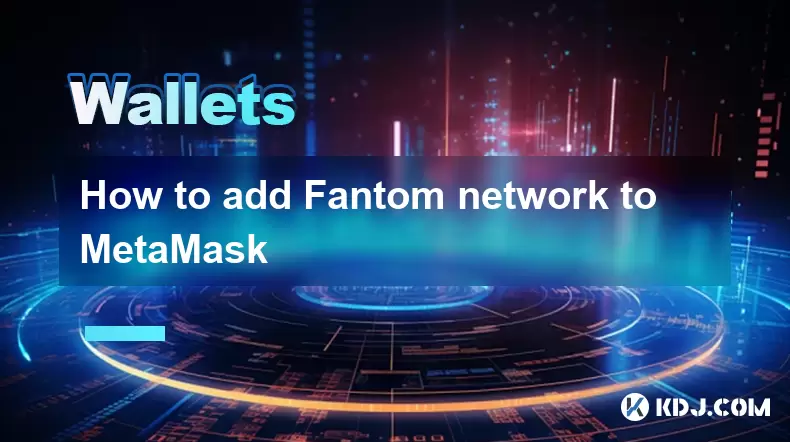
How to add Fantom network to MetaMask
Aug 07,2025 at 08:21am
Understanding the Fantom Network and MetaMask IntegrationThe Fantom network is a high-performance, scalable, and secure blockchain platform designed f...
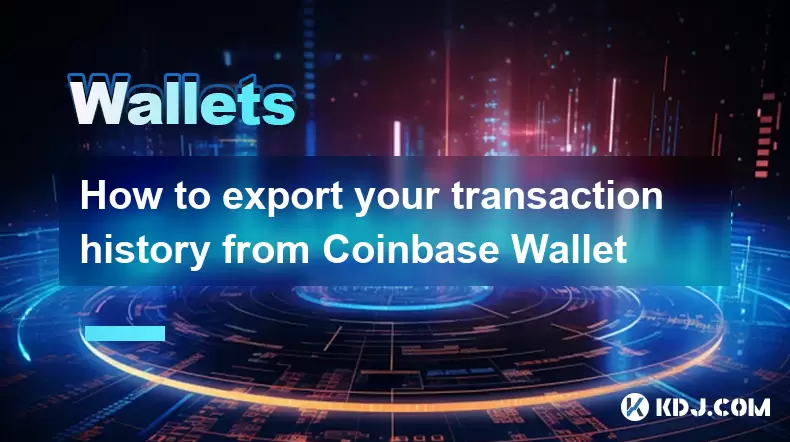
How to export your transaction history from Coinbase Wallet
Aug 07,2025 at 06:50am
Understanding Coinbase Wallet and Transaction HistoryCoinbase Wallet is a self-custodial cryptocurrency wallet that allows users to store, manage, and...
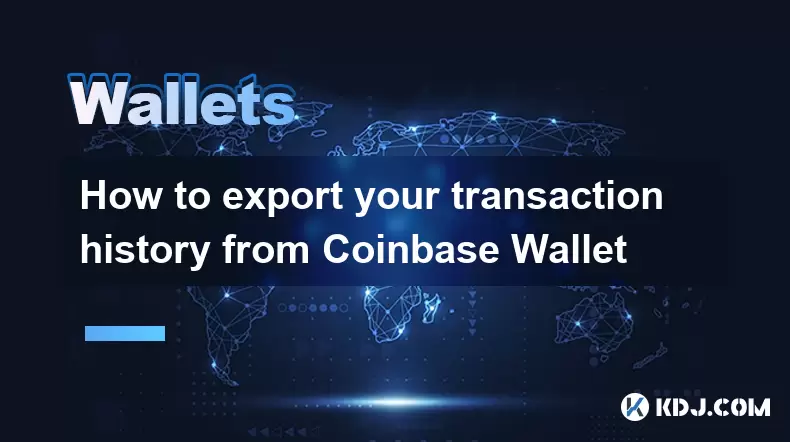
How to export your transaction history from Coinbase Wallet
Aug 07,2025 at 08:49am
Understanding Coinbase Wallet and Transaction HistoryCoinbase Wallet is a self-custodial cryptocurrency wallet that allows users to store, manage, and...

How to avoid crypto wallet scams
Aug 07,2025 at 02:21pm
Understanding Common Types of Crypto Wallet ScamsCrypto wallet scams come in various forms, each designed to exploit user trust, technical ignorance, ...
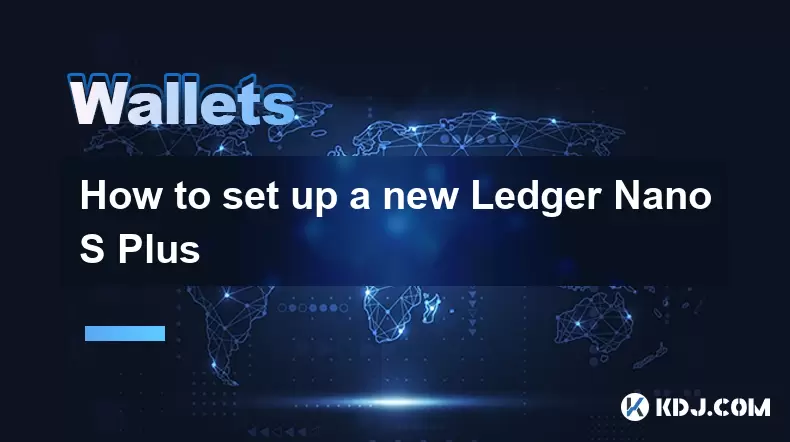
How to set up a new Ledger Nano S Plus
Aug 07,2025 at 06:01am
Unboxing and Initial InspectionWhen you receive your Ledger Nano S Plus, begin by carefully unboxing the package. Inside, you should find the Ledger N...

How to receive Polkadot (DOT) in your hardware wallet
Aug 07,2025 at 07:03am
Understanding Polkadot (DOT) and Hardware Wallet CompatibilityReceiving Polkadot (DOT) into a hardware wallet begins with understanding the ecosystem ...

How to add Fantom network to MetaMask
Aug 07,2025 at 08:21am
Understanding the Fantom Network and MetaMask IntegrationThe Fantom network is a high-performance, scalable, and secure blockchain platform designed f...

How to export your transaction history from Coinbase Wallet
Aug 07,2025 at 06:50am
Understanding Coinbase Wallet and Transaction HistoryCoinbase Wallet is a self-custodial cryptocurrency wallet that allows users to store, manage, and...

How to export your transaction history from Coinbase Wallet
Aug 07,2025 at 08:49am
Understanding Coinbase Wallet and Transaction HistoryCoinbase Wallet is a self-custodial cryptocurrency wallet that allows users to store, manage, and...

How to avoid crypto wallet scams
Aug 07,2025 at 02:21pm
Understanding Common Types of Crypto Wallet ScamsCrypto wallet scams come in various forms, each designed to exploit user trust, technical ignorance, ...

How to set up a new Ledger Nano S Plus
Aug 07,2025 at 06:01am
Unboxing and Initial InspectionWhen you receive your Ledger Nano S Plus, begin by carefully unboxing the package. Inside, you should find the Ledger N...

How to receive Polkadot (DOT) in your hardware wallet
Aug 07,2025 at 07:03am
Understanding Polkadot (DOT) and Hardware Wallet CompatibilityReceiving Polkadot (DOT) into a hardware wallet begins with understanding the ecosystem ...
See all articles

























































































